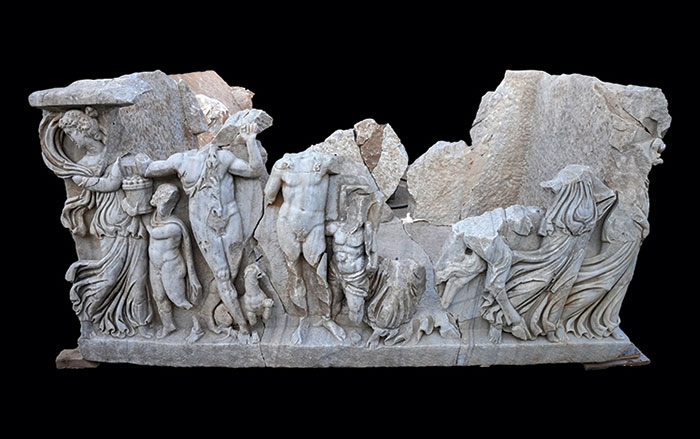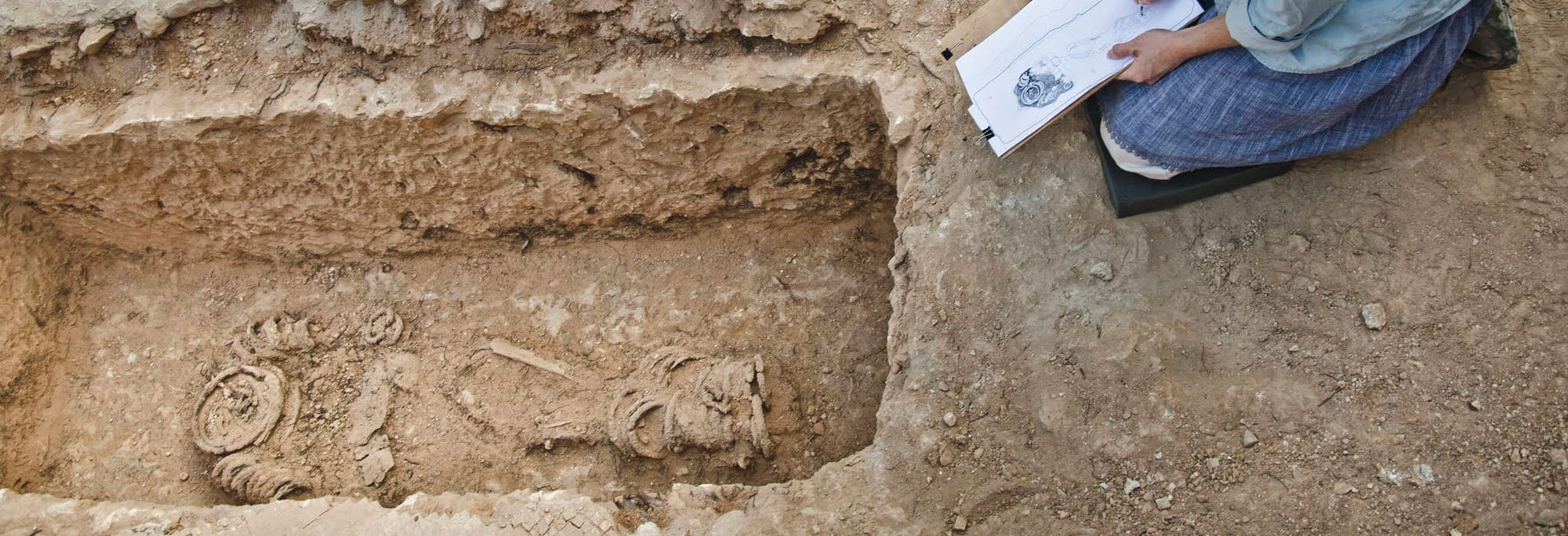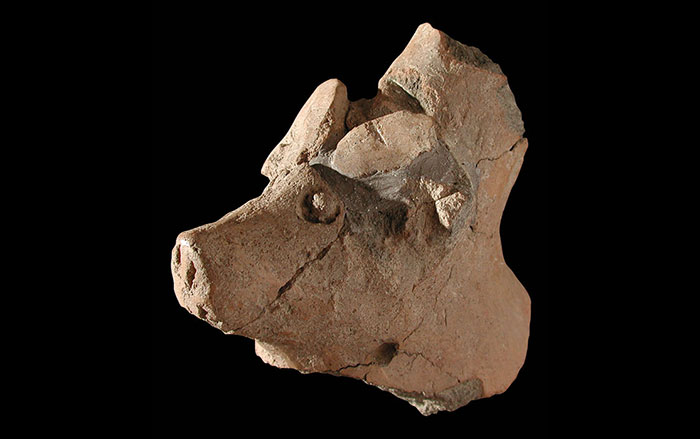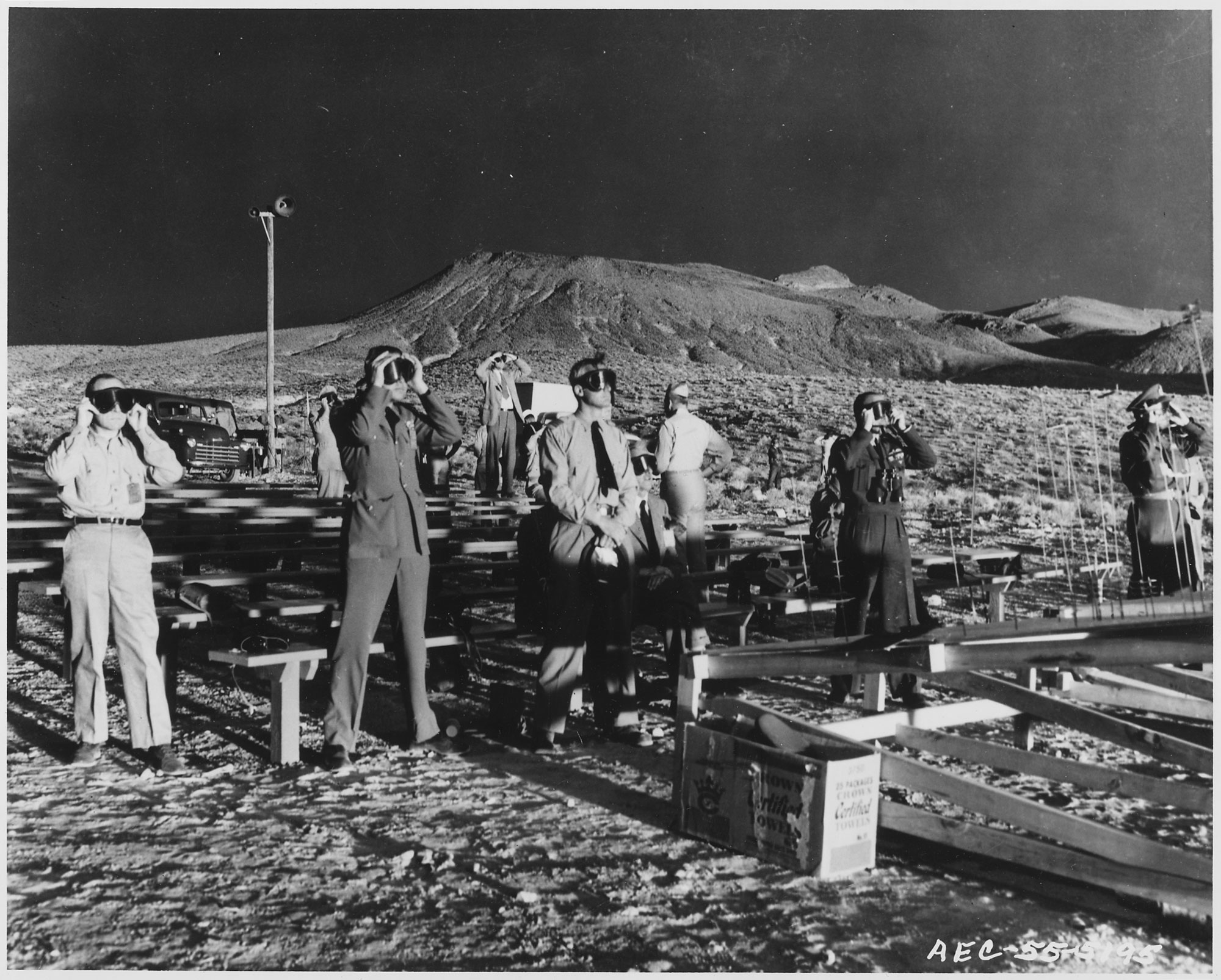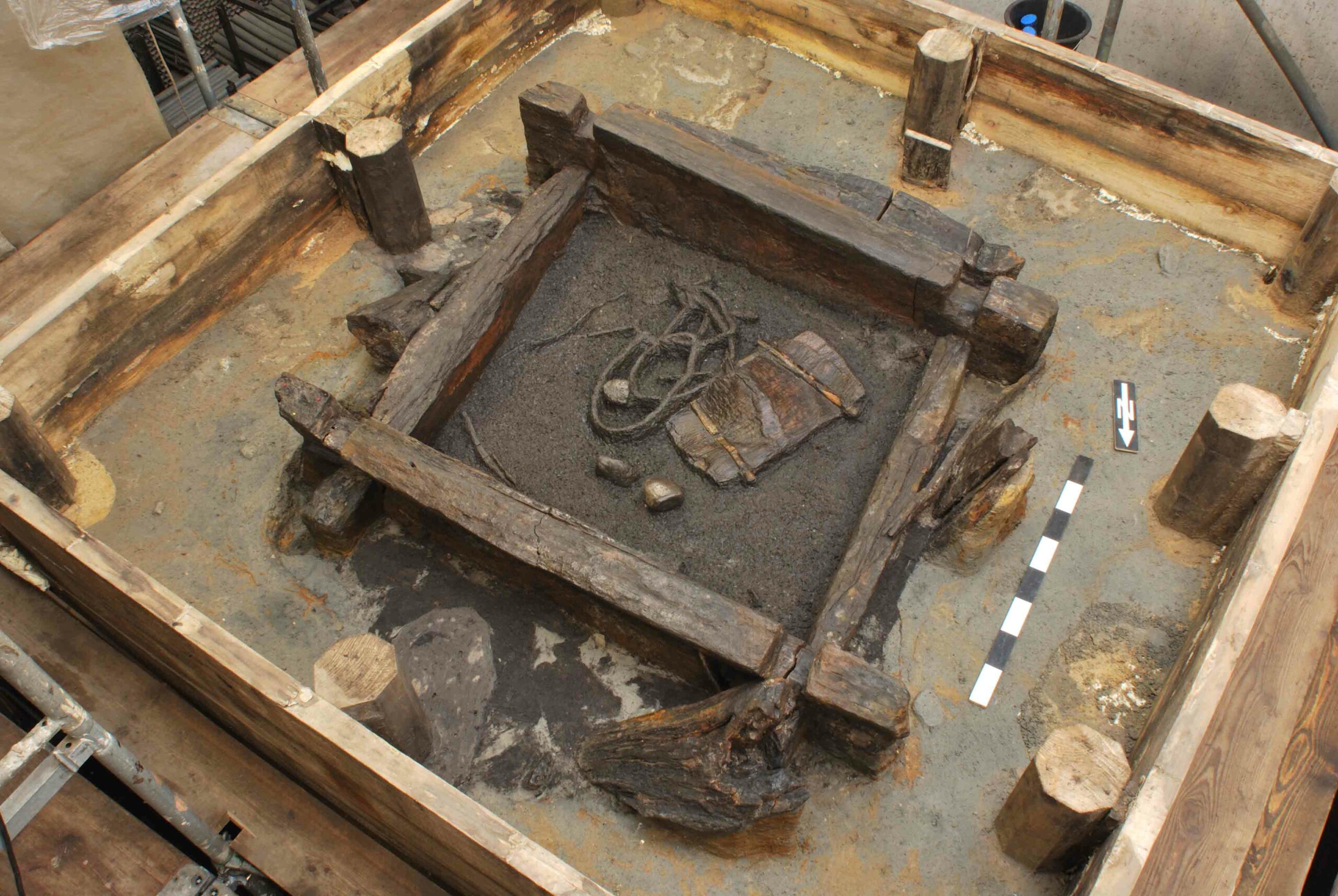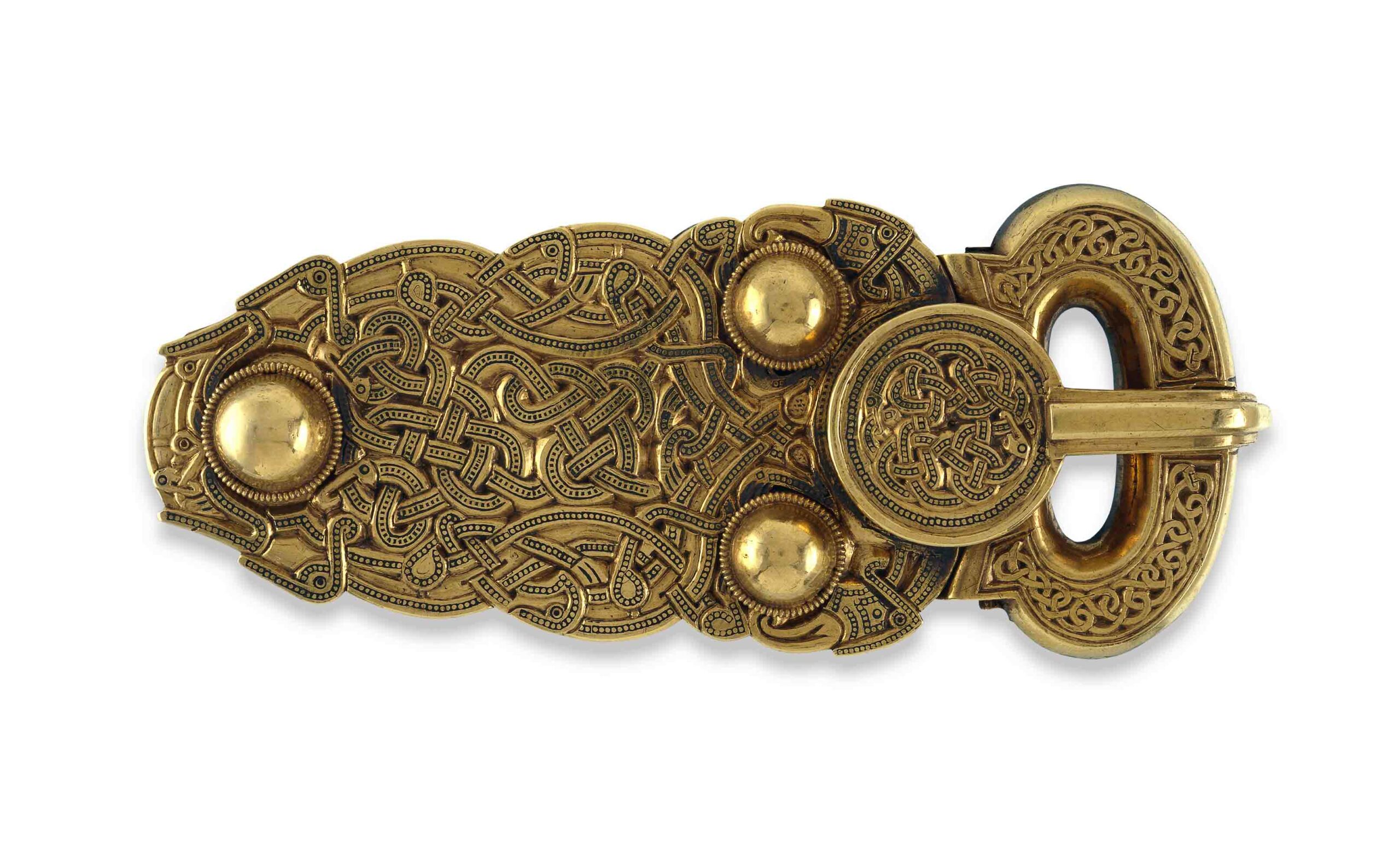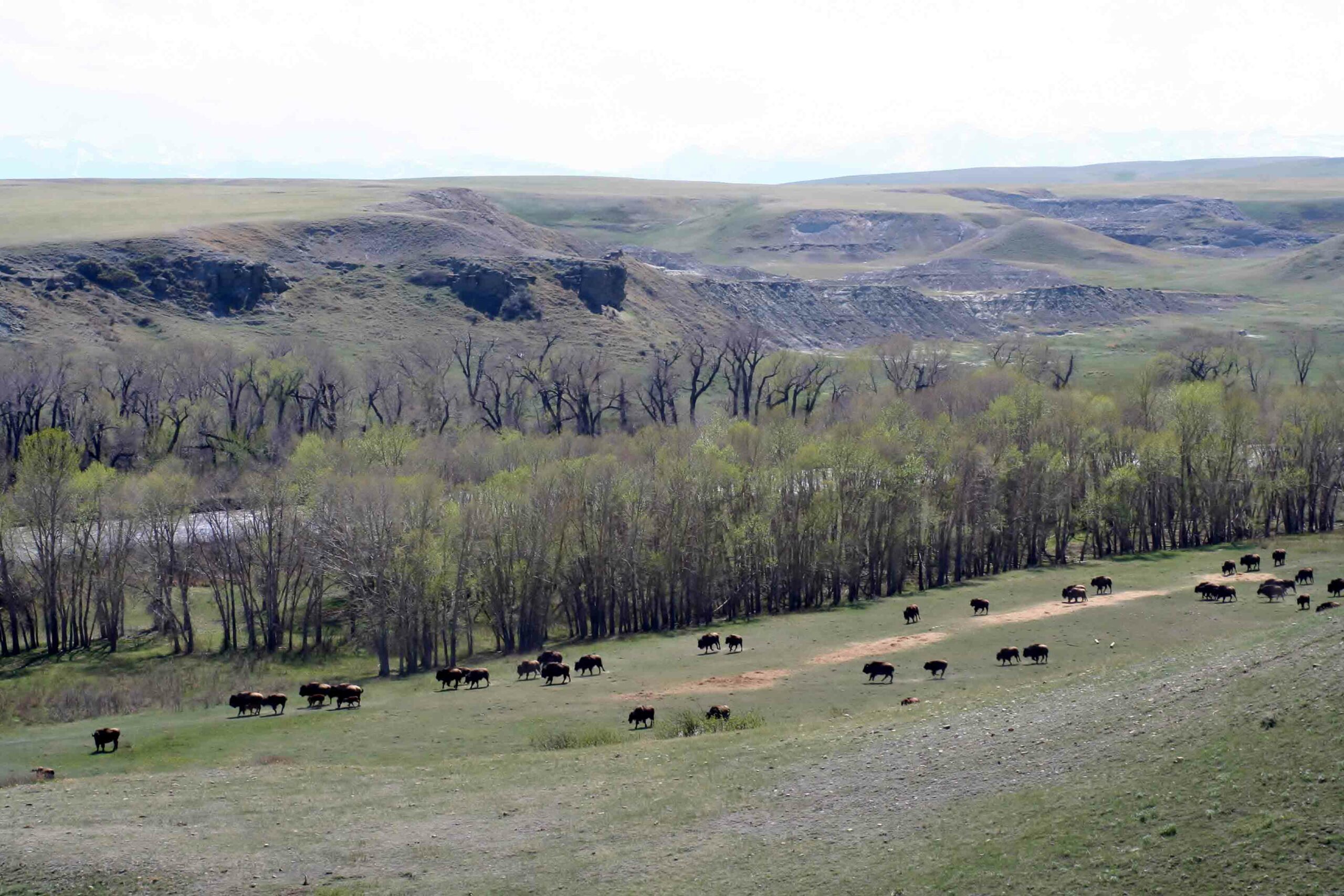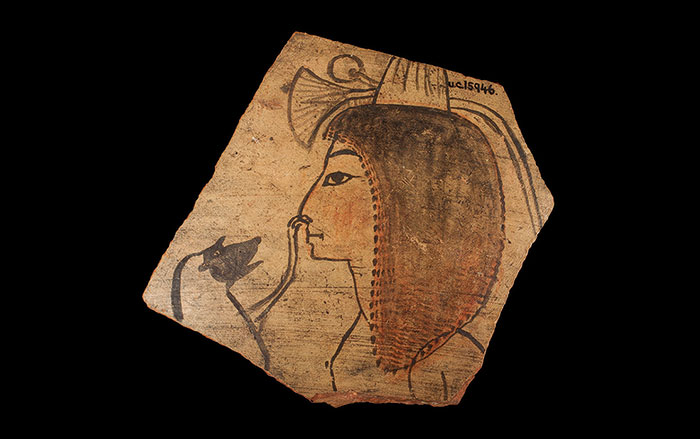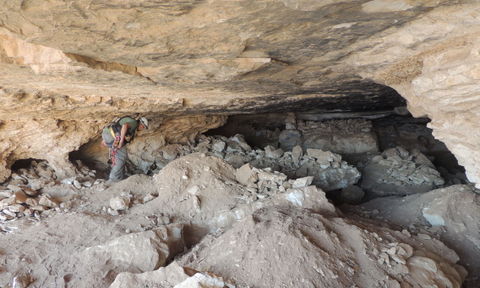
ARAD, ISRAEL—Young men from the village of Seir have been indicted for plundering the Cave of the Skulls in the Judean Desert. The men were spotted on the side of the cliff where the cave is located by members of the Arad Rescue Unit, who were undergoing routine training. They contacted inspectors from Unit for the Prevention of Antiquities Robbery of the Israel Antiquities Authority, who placed the cave under surveillance. The suspects were observed using a metal detector and excavating equipment, which damaged archaeological evidence from the Copper Age and the Roman era. They were then taken into custody by Israel Antiquities Authority personnel after they left the cave and climbed to the top of the cliff. “For many years now gangs of antiquities robbers have been operating along the Judean Desert cliffs. The robbers attempt to locate and find Dead Sea scrolls, pieces of ancient texts, and unique artifacts that were left in the caves,” said Amir Ganor, director of the Unit for the Prevention of Antiquities Robbery in the Israel Antiquities Authority. To read about a recent dig in Israel, see "Excavating Tell Kedesh."


